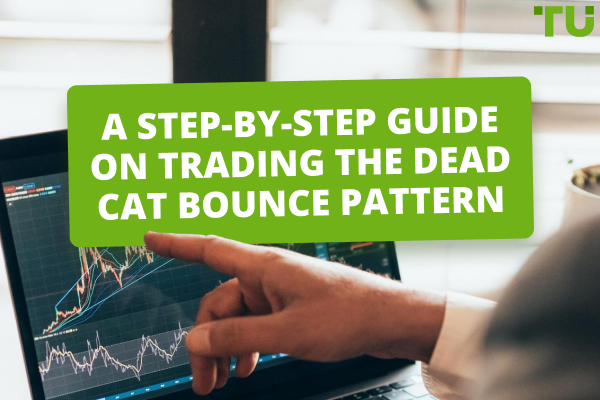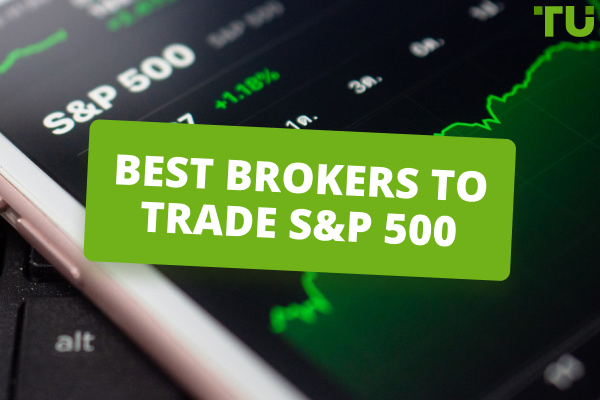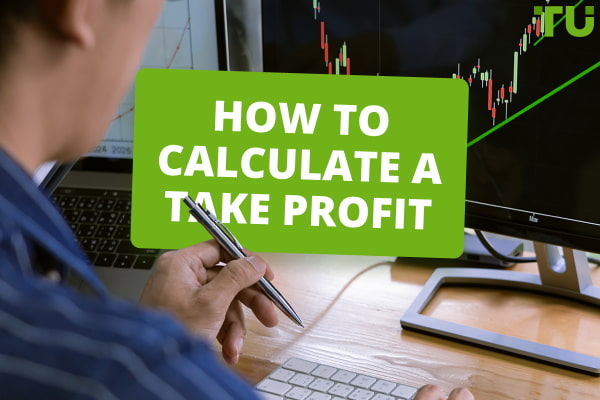Demystifying Margin Level In Trading
Margin level is an indicator reflecting the ratio of the trader’s capital to the used margin, expressed as a percentage.
Margin Level in Forex trading is a crucial metric as it indicates the health of an account in relation to the positions it holds. By reflecting the ratio of a trader's equity to the used margin, expressed as a percentage, it provides insight into the remaining buffer before a margin call or potential automatic position closures occur. Understanding and monitoring the margin level allows traders to manage their risk, assess their leverage, and prevent unwanted liquidation of positions, ensuring sustainable trading practices and safeguarding their capital.
Start trading Forex and Stocks now with RoboForex!Top 3 related terms
Liquidation refers to the process of closing out open positions, often forcibly by a broker, when a trader's equity falls below the required maintenance margin. It ensures that the trader's balance doesn't go into a negative state and protects the broker from potential losses. Think of liquidation as being similar to a "forced sale".
A margin call occurs when the equity in a trader's account drops below the broker's set minimum level, typically due to adverse price movements in open positions. In such situations, the broker may request the trader to deposit additional funds or might close some positions to meet the margin requirement.
Hedge positions are trades or strategies used to offset or reduce potential losses from other investment positions. By taking an opposing position in a related asset or market, traders aim to balance out potential losses, essentially providing a form of insurance against adverse market movements.
Understanding margin level in Forex
Margin level is an important concept to understand in trading, as it is used to determine the amount of leverage available to a trader. This leverage, or borrowing of funds, allows traders to purchase more of a currency than they could otherwise afford with their own capital. The leverage is defined by the margin level, which is the ratio of the trader's equity to the margin.
The higher the margin level, the higher the leverage and the greater the risk of loss. When margin level reaches 100% or more, the investor's account is said to be in a margin call, which means that the investor must deposit additional funds to maintain the current level of leverage.
| Margin Level | Indication | Risk Exposure |
|---|---|---|
Above 100% |
Risk-free |
Low |
100% |
Neutral |
Moderate |
Below 100% |
Warning |
High |
A margin level below 100% indicates that the trader has a negative balance in their trading account and is at risk of a margin call. A margin level of 100% or above indicates that the trader has enough funds to cover the used margin and there is no risk of a margin call.
The margin level is a percentage calculated by dividing the equity in the trading account by the used margin and multiplying it by 100.
(Equity/Used Margin) x 100 = Margin Level
For example, if a trader has an account balance of $1000 and is using a margin of $500, then the margin level will be 200% (1000/500 x 100). This indicates that the trader has enough funds to cover the margin and is not at risk of a margin call. On the other hand, if the margin level is below 100%, then the trader is at risk of a margin call and should deposit additional funds in their account.
It is important for traders to understand the concept of margin level and calculate it correctly in order to manage their risk and protect their trading accounts. Knowing the margin level allows traders to determine the amount of funds required to open or maintain a position and avoid a margin call. The margin level should be monitored regularly to ensure that the trader has sufficient funds in their account to cover potential losses.
Managing margin level
A higher margin level indicates that the investor has more equity in their account than margin used, providing more freedom to make additional trades. Conversely, a lower margin level indicates that the investor has less equity than margin used and may need to either close a position or deposit additional funds into their account.
Reduce Leverage. While high leverage can amplify profits, it also magnifies potential losses. By using lower leverage, you can decrease the risk of a margin call and provide more buffer against market volatility.
Set Stop-Loss Orders. A stop-loss order is a risk-management mechanism that triggers automatic selling of an asset when it hits a specified price. It’s used to minimize losses.
Diversify Positions. Rather than concentrating on one or two large positions, diversify across different currency pairs or even other asset classes. This can help spread risk since it's unlikely that all positions will move adversely simultaneously.
Use Take-Profit Orders: Like stop-loss orders, take-profit orders lock in profits when a position reaches a specified level. This not only captures profit but also releases the used margin, which can then act as a buffer for other positions.
Implement Hedge Positions: If applicable and feasible, consider hedging strategies where you open positions that might offset potential losses from other trades. This can be complex, so it requires a deep understanding of the markets.
Risk of margin trading
Engaging in margin trading can pose a significant risk to an investor's capital, as losses can be amplified with the use of leverage. This increased market exposure increases the potential for profits, but also increases the losses that can quickly exceed the initial investment.
Leveraged trading is very appealing to many traders due to its high potential for significant profits. However, it carries with it an increase in risk as well, and a small adverse movement against the trader can result in catastrophic losses.
In extreme cases, it can lead to margin calls and liquidation, which will be explained in the next section.
Margin calls and liquidation
The use of leverage can result in a margin call, which requires additional funds to be deposited in order to maintain the position. A margin call is triggered when a trader's account balance falls below the required level of equity and can lead to the liquidation of the position. This can happen in the following situations:
-
When an account has not been adequately funded:
-
Not having enough capital to cover the margin requirements
-
Not factoring in the cost of trading
-
Not having enough liquidity to keep positions open
-
When a position moves against the trader:
-
Having too much exposure to the market
-
Not setting a stop-loss order
-
Not having enough margin to cover sudden price movements
-
When market volatility increases
-
Not monitoring the market closely enough
-
Not factoring in the impact of news releases
-
Not having enough margin to cover sudden price swings
To prevent margin calls, traders should always ensure their account has sufficient funds and should set reasonable stop-loss orders. Additionally, they should closely monitor the market and factor in the impact of news releases, as well as the cost of trading. By following these steps, traders can reduce the risk of margin calls and liquidation of positions.
Best stock brokers 2024
FAQs
What is the difference between margin level and leverage?
Margin level is a percentage that represents the ratio of a trader's equity to the used margin, indicating the health of a trading account. In contrast, leverage refers to the ability to control a large trading position with a relatively small amount of capital, typically expressed as a ratio (e.g., 100:1).
How can I increase my margin level?
To increase your margin level, you can either deposit more funds into your trading account, close losing positions to release used margin, or reduce the size of open positions to decrease the used margin.
What happens if my margin level reaches 100%?
If your margin level reaches 100%, it means your account equity is equal to the used margin. You won't be able to open new trades, and if it drops further, you risk a margin call, where the broker may ask you to deposit more funds or might close some of your open positions.
Is trading on margin suitable for beginners?
Trading on margin carries significant risks due to its potential to amplify both profits and losses. While it can be lucrative, it's generally not recommended for beginners unless they've undertaken extensive education, practice, and risk management training.
Glossary for novice traders
-
1
Broker
A broker is a legal entity or individual that performs as an intermediary when making trades in the financial markets. Private investors cannot trade without a broker, since only brokers can execute trades on the exchanges.
-
2
Margin level
Margin level is an indicator reflecting the ratio of the trader’s capital to the used margin, expressed as a percentage
-
3
Trading
Trading involves the act of buying and selling financial assets like stocks, currencies, or commodities with the intention of profiting from market price fluctuations. Traders employ various strategies, analysis techniques, and risk management practices to make informed decisions and optimize their chances of success in the financial markets.
-
4
Margin Call
A margin call is a demand made by a broker or a financial institution to a trader or investor who is using margin (borrowed funds) to cover potential losses in a trading account. It occurs when the value of the securities or assets held in the account falls below a certain threshold, known as the maintenance margin or margin requirement, as specified by the broker.
-
5
Leverage
Forex leverage is a tool enabling traders to control larger positions with a relatively small amount of capital, amplifying potential profits and losses based on the chosen leverage ratio.
Team that worked on the article
Vuk stands at the forefront of financial journalism, blending over six years of crypto investing experience with profound insights gained from navigating two bull/bear cycles. A dedicated content writer, Vuk has contributed to a myriad of publications and projects. His journey from an English language graduate to a sought-after voice in finance reflects his passion for demystifying complex financial concepts, making him a helpful guide for both newcomers and seasoned investors.
Dr. BJ Johnson is a PhD in English Language and an editor with over 15 years of experience. He earned his degree in English Language in the U.S and the UK. In 2020, Dr. Johnson joined the Traders Union team. Since then, he has created over 100 exclusive articles and edited over 300 articles of other authors.
Mirjan Hipolito is a journalist and news editor at Traders Union. She is an expert crypto writer with five years of experience in the financial markets. Her specialties are daily market news, price predictions, and Initial Coin Offerings (ICO).











